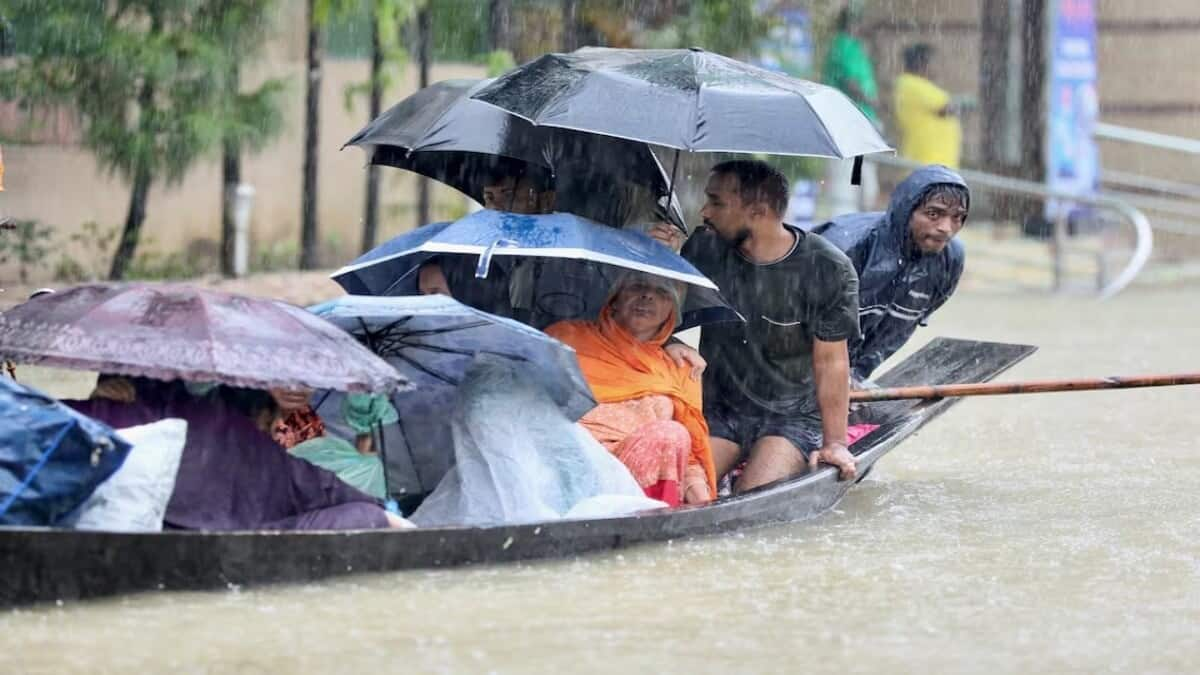
India's dam water not responsible for Bangladesh flood, clarifies MEA
What's the story
The Ministry of External Affairs (MEA) has refuted allegations that the recent flooding in eight districts of Bangladesh was caused by India. The accusations, primarily from students at Jagannath University (JnU) in Bangladesh, suggested that the floods were a result of India opening the sluice gates of Dumboor and Gazaldoba dams without prior notification to Dhaka. The MEA issued a statement clarifying that these claims are factually incorrect.
Flood cause
MEA attributes Bangladesh floods to heavy rainfall
The MEA said the flooding in Bangladesh is not linked to any water release from an Indian dam on the Gumti River, which flows through Tripura and Bangladesh. The ministry said, "We have seen concerns being expressed in Bangladesh that the current situation of flood in districts on the eastern borders of Bangladesh has been caused by the opening of Dumbur dam upstream of Gumti River in Tripura. This is factually not correct."
Rainfall impact
Heavy rainfall in Gumti River's catchment areas
The ministry further explained that the catchment areas of the Gumti River have experienced this year's heaviest rainfall within a few days. Notably, the catchment areas of the Gumti River span both India and Bangladesh. The ministry clarified that "the flood in Bangladesh is primarily due to waters from these large catchments downstream of the dam."
Dam details
Dumbur dam's location and function clarified by MEA
The MEA also provided information about the Dumbur dam's location and function. The dam is situated over 120km upstream of Bangladesh and has a relatively low height of about 30m. It generates power that contributes to a grid from which Bangladesh also draws 40MW power from Tripura.
Bilateral commitment
MEA highlights India's commitment to river water cooperation
The MEA underscored India's commitment to river water cooperation with Bangladesh, stating that "as two countries sharing 54 common cross-border rivers, river water cooperation is an important part of our bilateral engagement." The ministry affirmed its dedication to addressing issues and mutual concerns in water resources and river water management through bilateral consultations and technical discussions.